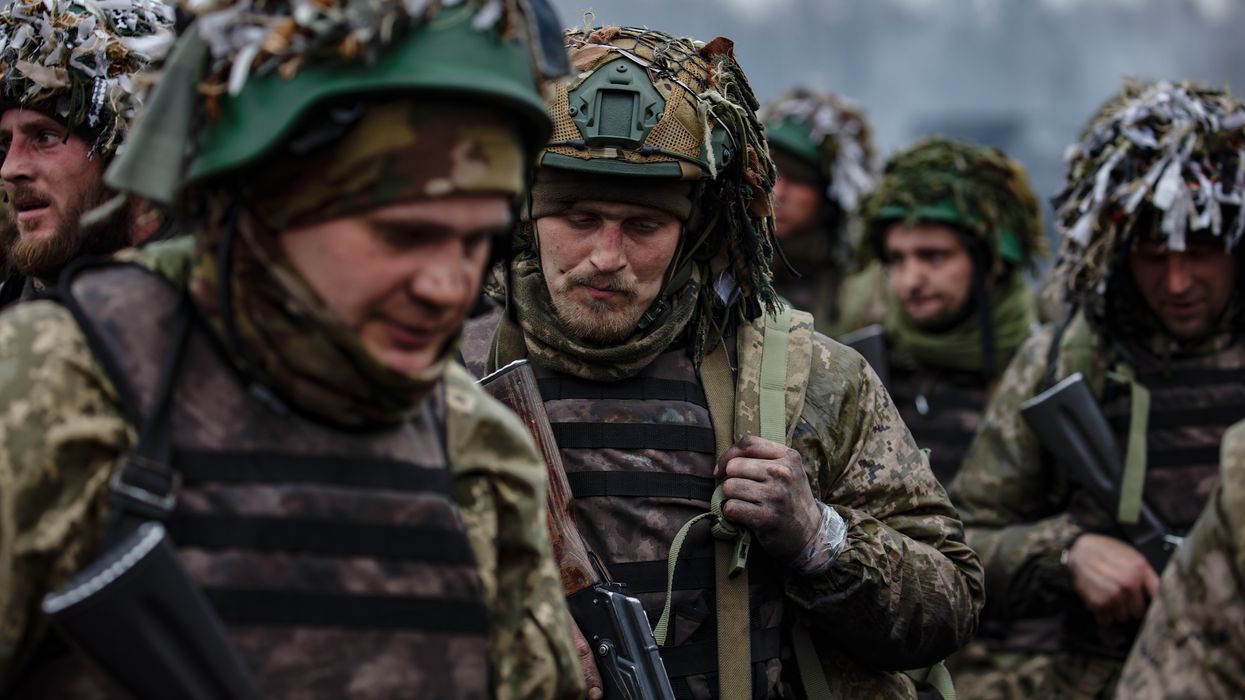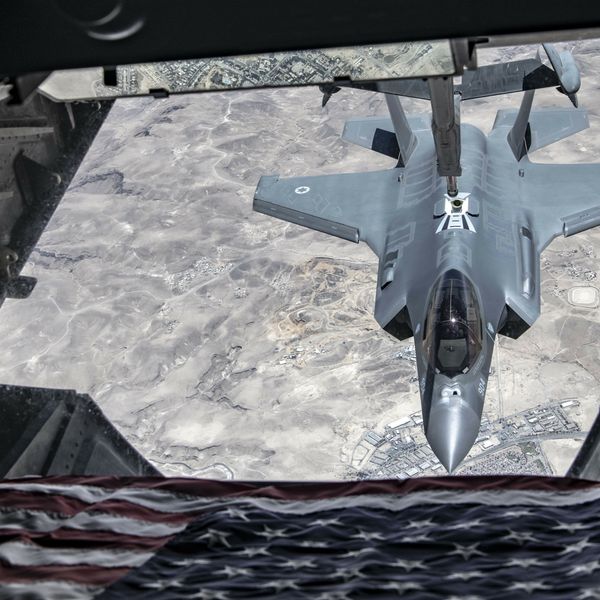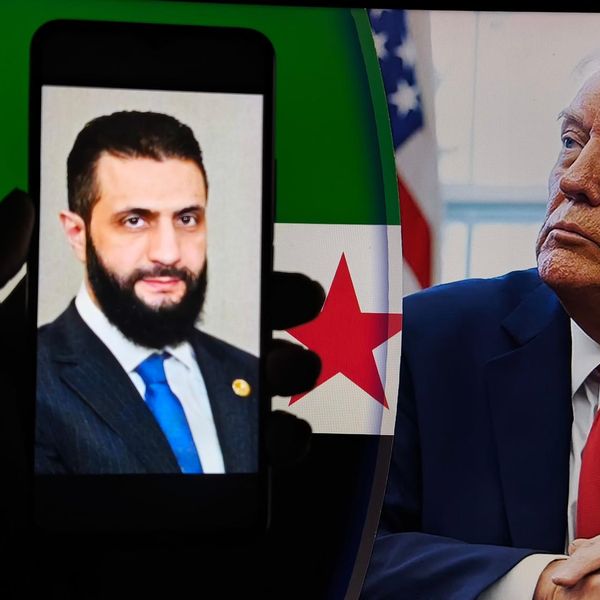WARSAW, POLAND — Although there are surprisingly few candidate banners in the streets of Warsaw these days, Poland finds itself in the throes of a presidential election, which will take place on Sunday.
If, as expected, no candidate receives more than 50% of the vote, a second round between the two leading candidates will take place in two weeks time.
In the Polish political system, the president is not the head of government but carries influence over foreign and defense policy and can veto parliamentary legislation unless the veto is overcome by three-fifths of the parliamentarians. No matter who wins the election contest, either the conservative-liberal Rafał Trzaskowski of the ruling Civic Coalition of Prime Minister Donald Tusk, or the right-wing Karol Nawrocki, supported by the opposition Law and Justice (PiS) party, Poland is likely to continue with its plans to devote 5% of its GDP to defense spending.
Of note, Poland was long on its way to 5% before Trump asserted that this should be the target for NATO countries. The presidential election will actually be more consequential for the internal balance of power in the country. A Trzaskowski win would greatly facilitate the work of the Tusk-led government, which does not enjoy a three-fifths majority and has often clashed with President Andrzej Duda, supported by PiS.
A consensus on defense spending
Bartosz Rydliński, a lecturer at the Political Science Institute of the Cardinal Stefan Wyszyński University in Warsaw (UKSW), explains that after Russia's full-scale invasion of Ukraine in 2022, "Poland began to mirror the fate of Ukraine and Ukrainians. For this reason, there was almost complete political consensus on record-high military spending."
Despite the recent increase in anti-Ukrainian sentiments against the one million Ukrainian refugees living in Poland, there is also a broad political consensus, including both Trzaskowski and Nawrocki, behind supporting Ukraine's military effort against Russia even if the U.S. reduces its share of aid for the embattled country.
This contrasts with a poll in late 2024, which registered for the first time that a majority of Poles believe the war in Ukraine should end even if this implies Kyiv giving up part of its territory or sovereignty. Correspondingly, only 31% believe it is better to keep fighting without making concessions to Russia. Even so, and despite security and military factors becoming increasingly important in these elections, Trzaskowski and Nawrocki are expected to move comfortably to the second round.
As of now, Poland is already spending 4.12% of its GDP on defense, leading the next NATO countries Estonia (3.43%) and the United States (3.38%) by a considerable distance. It is countries like Poland that have led to what the Stockholm International Peace Research Institute (SIPRI) recently decried as an "unprecedented rise” in global military expenditures.
Others look at these same figures as a net positive. U.S. Secretary of Defense Pete Hegseth, in Warsaw on February 2025 on his first trip abroad, noted that, "we see Poland as the model ally on the continent, willing to invest not just in their defense, but in our shared defense, and the defense of the continent."
To understand Poland's high level of military expenditure, the importance of the country's geographical location, bordering on the Russian enclave of Kaliningrad and Belarus, cannot be over-emphasized. The Suwałki Gap, a 100-kilometer (62-mile) stretch of land connecting Poland to Lithuania and the rest of the Baltics, is considered by many to be one of the weakest points for NATO in the event of a confrontation with Russia.
It is also an area where Poland and Lithuania have been recently expanding their military infrastructure.
Still, Poland's military spending spree has historical roots that go deeper than the country's geographical reality after the end of the Cold War and the beginning of the Ukraine War. Here, it might be useful to resort to the concept of "nervous sovereignty" used by Jarosław Kuisz, the editor-in-chief of the Polish political weekly Kultura Liberalna.
According to Kuisz, due to historical reasons, Poland is a perfect example of a country always alert to a potential loss of sovereignty. After the three partitions of Poland in the late 18th century, Poland disappeared from the map of Europe until the end of the First World War, only to be occupied by Nazi Germany and then become a Communist state connected to the Soviet Union.
Kuisz's thesis about "nervous sovereignty" appears to be supported by a recent poll, which shows that 63% of Poles believe Poland is threatened by other countries. The percentage, seven points higher than last year, contrasts with only 26% of citizens saying no.
Rydliński notes that "to this day, wedding rings are worn on the right hand in Poland as a mournful reminder of the lost national uprising of 1863. This is perhaps the most striking example of how the trauma of enslavement is present in Polish identity and social consciousness."
But can Poland afford it?
Although Poland's increase in military spending might be understood from the perspective of a country that feels insecure and does want to put a price tag on security, it is doubtful that increased funding will contribute to strengthening the national economy. For all the renewed popularity of "military Keynesianism" in Europe (and the well-founded corresponding doubts on whether military expenditure can lead to inclusive growth), Poland's weapons industry cannot even absorb the new spending levels.
Polish armament companies have proved uncompetitive, being ignored by EU-sponsored efforts to re-arm the European continent. In March 2024, for instance, the EU allocated money to 31 companies to increase European ammunition production, with the only Polish contractor on the list receiving less than 0.5% of the total funds.
The Polish weapons industry is dominated by the Polish Armaments Group (PGZ), a state-controlled conglomerate made up of 50 different companies. The company struggles even with basic orders such as producing boots and helmets. PGZ has had ten different bosses since 2013, when it was created during Tusk's previous period as prime minister.
PGZ's goal of producing 150,000 shells every year has been delayed by three years to 2028. One of the few successful Polish weapons exports is the Piorun man-portable air defense systems, which have proven successful in the Ukraine War.
Poland's economic growth was close to 3% of its GDP in 2024, significantly outperforming the EU's average, set below 1%. And yet, the Polish government cannot do away with political tradeoffs on its way to record-high military spending.
Rydliński believes the effect of high defense expenditure can already be seen, as the new volumes of expenditure, in combination with a fairly neoliberal tax and contribution system, are "affecting the condition of public services. This includes the crisis in healthcare, low wage increases in the public sector, and low spending on research and development. Poles are already paying the price for high defense spending at the expense of selective and non-complementary social policies."
The troubles faced by Poland to meet its increased defense expenditure through domestic production, together with the painful policy choices that would come with it, offer some food for thought to countries such as Germany, which are now flouting the possibility of raising defense expenditure to 5% of the GDP.
In Poland, despite the swing in public opinion in favor of ending the Ukraine War, the voters are expected to elect a status quo president that will keep on the path of increased military expenditure and support for Ukraine.
- A nationalist bucks pro-EU status quo, wins big in Romania ›
- European militarism on steroids is not good, either ›
- Trumpism finds a home in Poland | Responsible Statecraft ›
- Karol Nawrocki: A Polish Euro-skeptic who chills with Trump | Responsible Statecraft ›
















